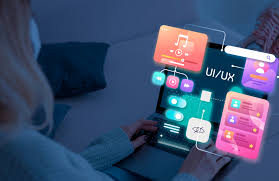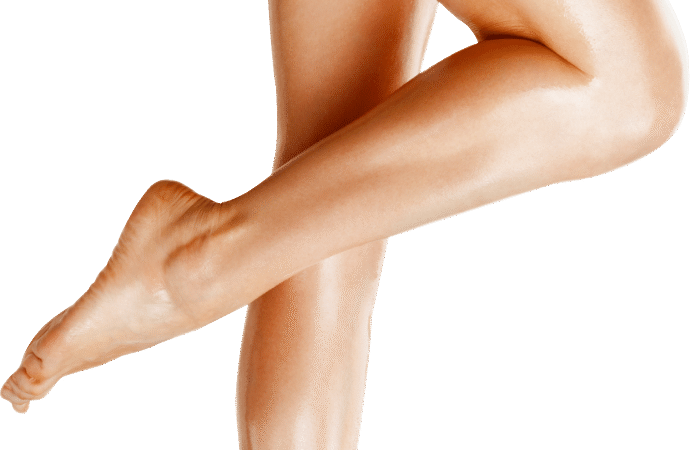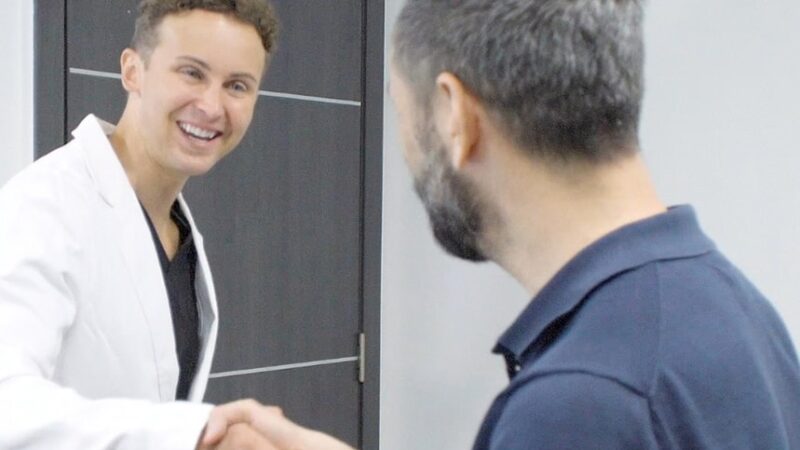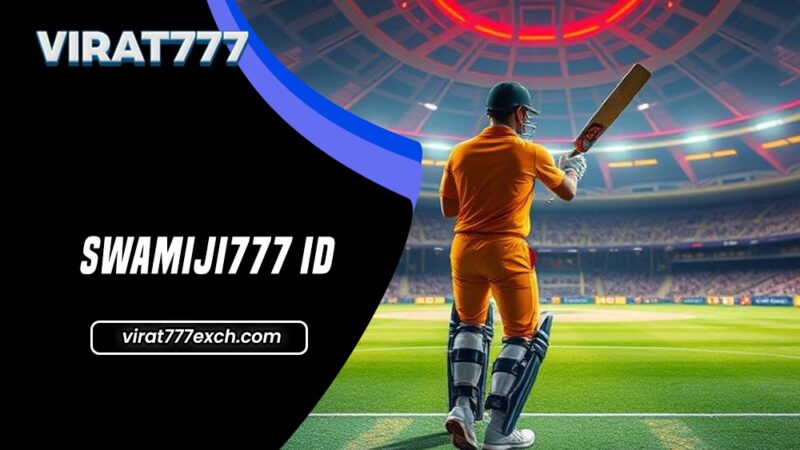How to Hire a UX Designer: A Comprehensive Guide

As companies prioritize user experience, hiring the right UX designer has become crucial. The demand for skilled designers has grown, and expectations have evolved significantly compared to just a few years ago. Whether you’re building your first design team or expanding an existing one, understanding what to look for and how to navigate the hiring process is essential.
Follow this guide, which will take you through the steps of hiring a UX designer, identify key skills to prioritize, and avoid common pitfalls.
Do You Really Need a UX Designer?
Before getting started in the hiring process, here are a few questions to reflect on: Do you really need a UX designer? There are many different types of design, and it can often be complicated to distinguish and choose between those that better suit your needs.
•UX Designers: Make products intuitive and nice to use. They deal with research, user flows, wireframes, prototypes, and usability testing.
•UI Designers: Focus on the visible, aesthetic aspects of design like typography, illustrations, and animations.
•UI/UX Designers: This is a combination of both skills and is ideal for either smaller teams or projects requiring a “jack-of-all-trades” approach.
•Product Designers: Responsible for the whole design journey of a product, including its conceptualization, development, and improvement phases after launch.
•User Experience Designers: Focus on the interaction points between users and the product
If you want to make a user-friendly product, then probably what you require is a UX designer
UX Designer Key Skills to Look for
A strong UX designer should have both the technical ability to do their job plus softer skills. Here is the differentiation
Hard Skills:
1.Proficient usage of design tools: Figma, Sketch, Adobe Creative Suite, and prototyping tools such as Invision or Framer.
2.UX research methods: Familiarity with usability testing, user surveys, and using Google Analytics.
3.Design thinking: User-centered design principles and methodologies are well understood.
4.Basic psychology: Cognitive and behavioral psychology for better user experience.
5.Design metrics: Effective metrics that measure design and user satisfaction.
Soft Skills:
1.Attention to Detail: Precision in design elements and consistency in execution.
2.Problem-Solving: The ability to analyze user pain points and craft effective solutions.
3.Communication: Clear articulation of ideas and collaboration with team members.
4.Adaptability: Willingness to accept feedback and improve continuously.
Where to Find UX Designers
If you’re new to hiring, here are some platforms to start your search:
•LinkedIn: Browse profiles of experienced UX designers and explore their career paths and portfolios.
•Behance: A portfolio platform with more extensive case studies. Search for the rationale behind the design, the findings from user research, and how it impacts business.
•Dribbble: More visual design-oriented but can still be a great resource for sourcing UX/UI talent.
You can also try to tap into your company’s social media platforms to solicit referrals or post a job opening to elicit interested applicants.
Evaluating a UX Designer’s Portfolio
A great portfolio is an insight into the skills and attitude of a designer. Here is how to evaluate it:
What to Look For:
1. The structure and presentation of a portfolio that is well-organized as hosted by Behance or Notion show professionalism.
2. Problem-Solving Approach: Make sure that the designer shows his approach, from identifying the problems of the users to the creation of effective solutions.
3. Attention to Detail: Ensure alignment, consistency, and polish in the designs.
4.Technical Feasibility: Determine whether the designs are practical and realistic to implement.
Avoid:
•Being overly concerned with aesthetics with very less care on functionality.
•Unexplained portfolios lacking in good storytelling of the design journey made.
Interview Session
An interview goes beyond just testing technical ability; it tests for cultural fit as well.
Things to be Asked
•Design Process: Make the candidate walk you through his methodology-from research to implementation.
•Handling of feedback: Let them share how they handle criticism and conflicting input from stakeholders.
•Soft Skills: Use situational questions, such as the STAR method, to assess accountability, teamwork, and communication.
Sample Questions:
•tell us about a difficult design problem you had to solve.
•How do you usually prioritize user feedback in your process?
•Describe a project to which you had to adhere with really tight deadlines.
Test Task
A well-designed test task can give a candidate’s skills a more profound insight.
Best Practices:
1.Relevance: Tailor the task to reflect challenges they’ll face in the role.
2.Clear Instructions: Provide detailed guidelines and set realistic expectations.
3.Portfolio Alignment: Ensure the quality of the test task matches their portfolio to verify authenticity.
Final Thoughts
Hiring a UX designer is a critical step in enhancing your product’s usability and overall success. Be clear about your expectations, evaluate both hard and soft skills, and don’t rush the process. If building an in-house team feels overwhelming, consider partnering with a design agency. Agencies like ours specialize in delivering functional, user-centered designs tailored to your goals.



